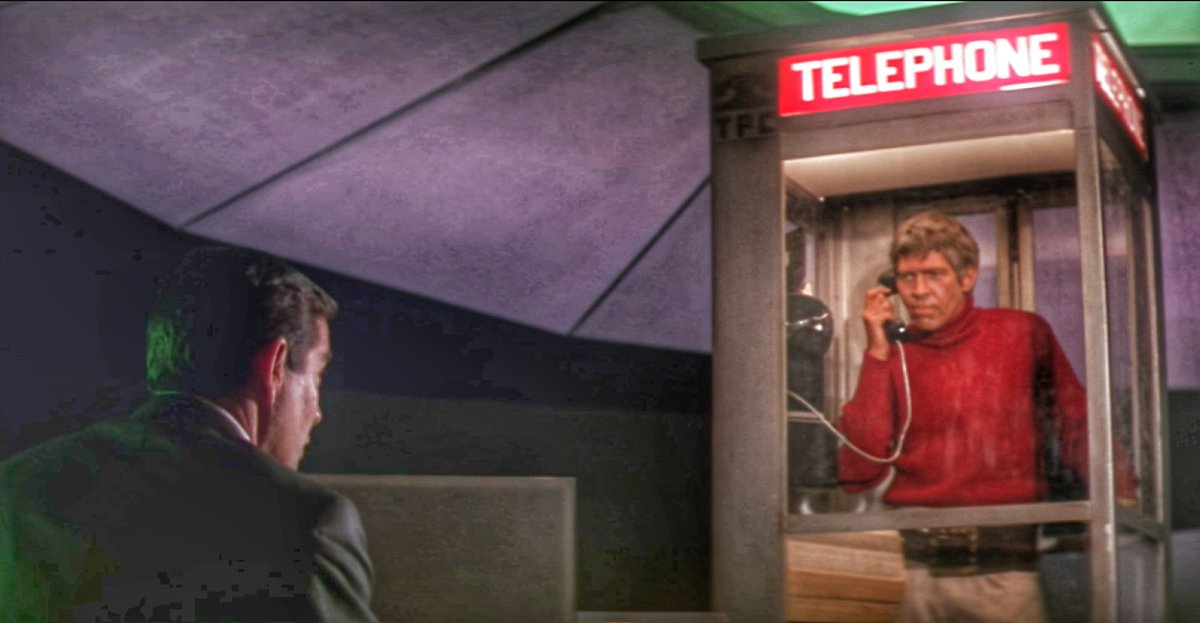An old theory of personality holds that people fall into two types–A and B. Put simply, Type A personalities are highly aggressive and competitive, whereas Type B are not. We all have seen this broad difference in personalities. Some people we encounter seem ready to walk over their own grandmothers to get ahead. Like all […]
Category: Reflections
Can you spare a quarter?
I’ve been thinking about the corporate world, how it operates, and the effects of corporatism on our lives. If you’re a network engineer and think this is boring, pay attention. Corporate culture, the influence of Wall Street, and the rise of a non-skilled management class have direct impact on your work and personal life. The […]
The problem of permanence
Some years ago, I worked for a company with a CEO who had a background in marketing. It was 2010, and he decided to use his marketing skills to launch a huge new campaign called “Mission 10”. Our goal: to become the next $10 billion company. At the time I think I revenue was less […]
Technical Confusion
How often have you learned about a new technology, and couldn’t understand it? How many trainings and presentations have you sat through that left you in a mental fog? It amazes me how many technologies we are supposed to master in our industry, and how many we never do. Let me give an example. When […]
For the love of wiring
We’ve moved into a wireless world, which is too bad for me because I love, more than anything, wiring. I miss the days of good old Cat 3 cable, T1 lines, and ISDN BRIs. I miss 66 blocks, punch down tools, cross-connect wire, and tone/probe kits. And butt sets. Especially butt sets. Now I just […]
Must we speak in meetings?
When I first started at Cisco (the second time), I remember being in a customer meeting where I had no idea what was going on. As is typical for vendor meetings, Cisco employees outnumbered the customer by 3 to 1. Someone from our side was presenting, though I don’t really remember about what. I didn’t […]
Memories of Cisco Live II – Berlin 2016
Getting a session at Cisco Live is not a given, even for a Principal TME. I started at Cisco in October 2015, and I certainly didn’t expect to present at, or even go to, Cisco Live Berlin in January 2016. Normally, there are three ways to secure a session at CL: Submit an idea during […]
Memories of Cisco Live
The last Cisco Live I attended was in Barcelona in January 2020. As I was in the airport heading home, I was reading news of a new virus emerging from China. I looked with bemusement at a troop of high-school-age girls who all had surgical masks on. Various authorities told us not to wear masks, […]
Why I don’t wear Airpods
I have written more than once (here and here, for example) about my belief that technological progression cannot always be considered a good thing. We are surrounded in the media by a form of technological optimism which I find disconcerting. “Tech” will solve everything from world hunger to cancer, and the Peter Thiels of the […]
What are we getting ourselves into?
It seems to be rank heresy for someone working in the valley to say it, but let me say it anyways. I don’t agree with the axiom of the technology industry which states that all technological progress is always good. Many in our society instinctively realize this, which is why they oppose genetic engineering and […]

